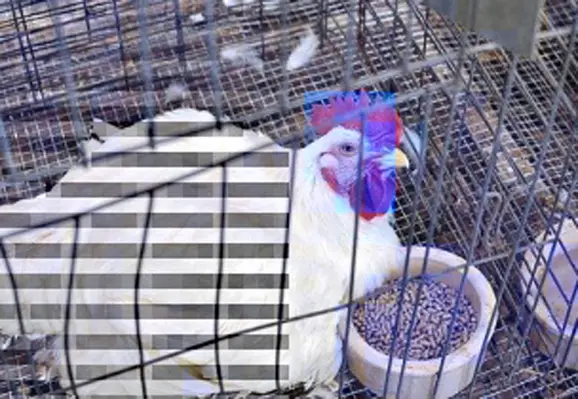Avian nutritionists and feed formulators around the world are making huge strides on behalf of poultry producers to achieve feed and water management refinement for a better flock
Feed compounders go to great lengths to see that commercial feed rations contain correct levels and proportions of nutrients to ensure consistently high economic poultry production.
Benefits from improvements in pellet quality are now well-established with trials conducted by Aviagen showing quite clearly that for every 10 per cent increase in the proportion of fines (defined as feed particles smaller than 1mm), there is a corresponding reduction of 40gm in the live-weight of birds at 35 days.
However, high-spec refinements in feed content and pellet formulation are of limited consequence unless producers physically handle feed and water inputs.
Feed pellet breakdown
Inputs made at the mill to improve feed pellet quality will be lost if on-farm feed management is poor. Pellet breakdown commonly occurs if the feed is blown from the delivery lorry into the feed bin. Pellet breakdown at this point can be minimised by maintaining the feed pipe as full of feed as possible and the discharge speed low. An appropriately low speed can be achieved by maintaining an engine speed of between 1,300rpm and 1,500rpm with a pressure of nine psi for meal and seven psi for pellets.
However, care must be taken not to maintain the rate of discharge rate too low and slow because the risk of pipe blockage becomes greater.
On-farm feed storage
Feed consignments and stocks are more easily, economically and safely managed by having two storage bins per poultry house. This system permits an entire consignment of feed to be depleted at one time thus ensuring the correct type of feed is being fed and that withdrawal times are met.
Bulk storage bins should be designed, constructed and sited to protect feed contents from rain to avoid feed from becoming wet, damp and mouldy. Mouldy feed poses clear and direct risks to poultry health through production of mycotoxins by fungal moulds growing on the feed grain or finished feed.
Vermins, rodents and wild birds are a potentially big factors affecting farm feed loss, significantly reducing the amount available and reducing quality through contamination. Storage bins should designed so that vermin cannot enter with regular inspection and cleaning carried out as a matter of course. If feed storage in bags is unavoidable, the bags should be kept off the floor using raised pallets to prevent them absorbing moisture from the floor and to provide some protection from rodents.
By Terry Mabbett
To continue reading the rest of this article, please see the June/July 2013 issue of Far Eastern Agriculture





